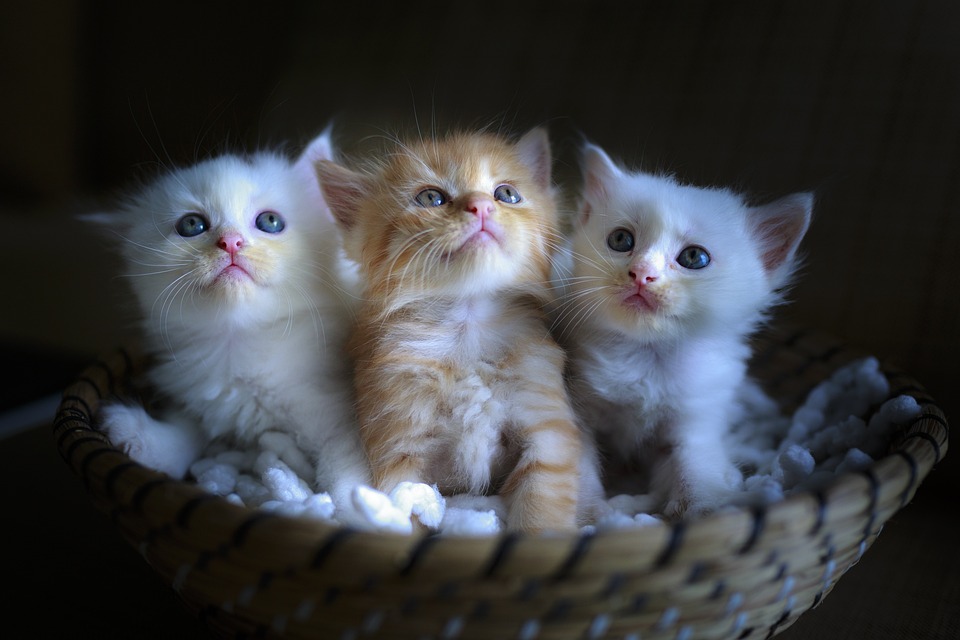Title: How to Recognize and Address Signs of Dental Disease in Cats with Tartar Buildup
Introduction
Cats’ dental health is often overlooked, but it plays a crucial role in their overall well-being. One common dental issue is tartar buildup, which can lead to dental disease if left untreated. In this article, we will explore how to recognize the signs of dental disease in cats with tartar buildup and discuss effective ways to address this issue.
Recognizing Signs of Dental Disease in Cats
1. Bad breath (halitosis): If your cat has persistent bad breath, it may indicate dental problems. The odor is caused by the bacteria present in tartar and plaque buildup.
2. Difficulty chewing or dropping food: Cats experiencing oral pain will often have difficulty chewing or may even drop their food altogether. This change in eating habits should not be ignored.
3. Excessive drooling: Gum inflammation or tooth decay can cause your cat to drool excessively. If you notice your cat’s fur or bedding becoming wet from excessive drooling, it’s time to investigate further.
4. Red or bleeding gums: Gingivitis or periodontal disease often leads to red or bleeding gums. Regularly check your cat’s gums for any signs of inflammation or bleeding.
5. Tooth discoloration or loss: Advanced stages of dental disease can result in tooth discoloration or even tooth loss. If you notice any changes in your cat’s teeth, it is essential to seek veterinary care promptly.
Addressing Dental Disease in Cats
1. Regular dental check-ups: Schedule annual dental exams for your cat to get professional dental cleanings. This allows veterinarians to identify any underlying dental issues and provide appropriate treatment.
2. Brushing your cat’s teeth: Establishing a dental hygiene routine is crucial. Use cat-friendly toothpaste and a soft toothbrush or finger brush to gently clean your cat’s teeth. Start slowly and gradually increase the duration of brushing sessions.
3. Dental diets and treats: Support your cat’s oral health by feeding them dental diets and treats. These specially formulated products help reduce tartar buildup and promote healthier gums and teeth.
4. Dental toys and chews: Incorporate dental toys and chews into your cat’s playtime. These toys are designed to help remove plaque and tartar while keeping your cat entertained.
5. Water additives and oral rinses: Supplementary options such as water additives and oral rinses can help maintain oral health. These products can help reduce the growth of bacteria and freshen your cat’s breath.
FAQs about Dental Disease in Cats
1. Q: How often should I bring my cat for a dental check-up?
– A: Most cats benefit from annual dental exams, but it is best to consult your veterinarian for personalized recommendations based on your cat’s specific needs.
2. Q: Can I use human toothpaste for brushing my cat’s teeth?
– A: No, human toothpaste contains harmful ingredients for cats. Opt for toothpaste formulated specifically for feline use.
3. Q: My cat refuses to let me brush their teeth. What should I do?
– A: Start by introducing your cat to tooth brushing gradually, using cat-friendly toothpaste and a soft toothbrush or finger brush. Seek guidance from your veterinarian or a veterinary dental specialist for alternative options.
4. Q: Are there any home remedies to treat dental disease in cats?
– A: Home remedies should never replace professional dental care. However, dental diets, toys, and water additives may help maintain oral health alongside regular veterinary care.
5. Q: Can dental disease in cats lead to other health problems?
– A: Yes, untreated dental disease can lead to serious health issues, including infections, organ damage, and systemic diseases affecting the heart, liver, and kidneys.
Conclusion
Dental disease is a common problem in cats, but with early recognition and proper care, it can be effectively managed. Regular dental check-ups, brushing, and the use of appropriate dental products contribute to maintaining your cat’s oral health. Remember to consult your veterinarian for personalized advice on addressing dental disease and promoting your cat’s overall well-being.








